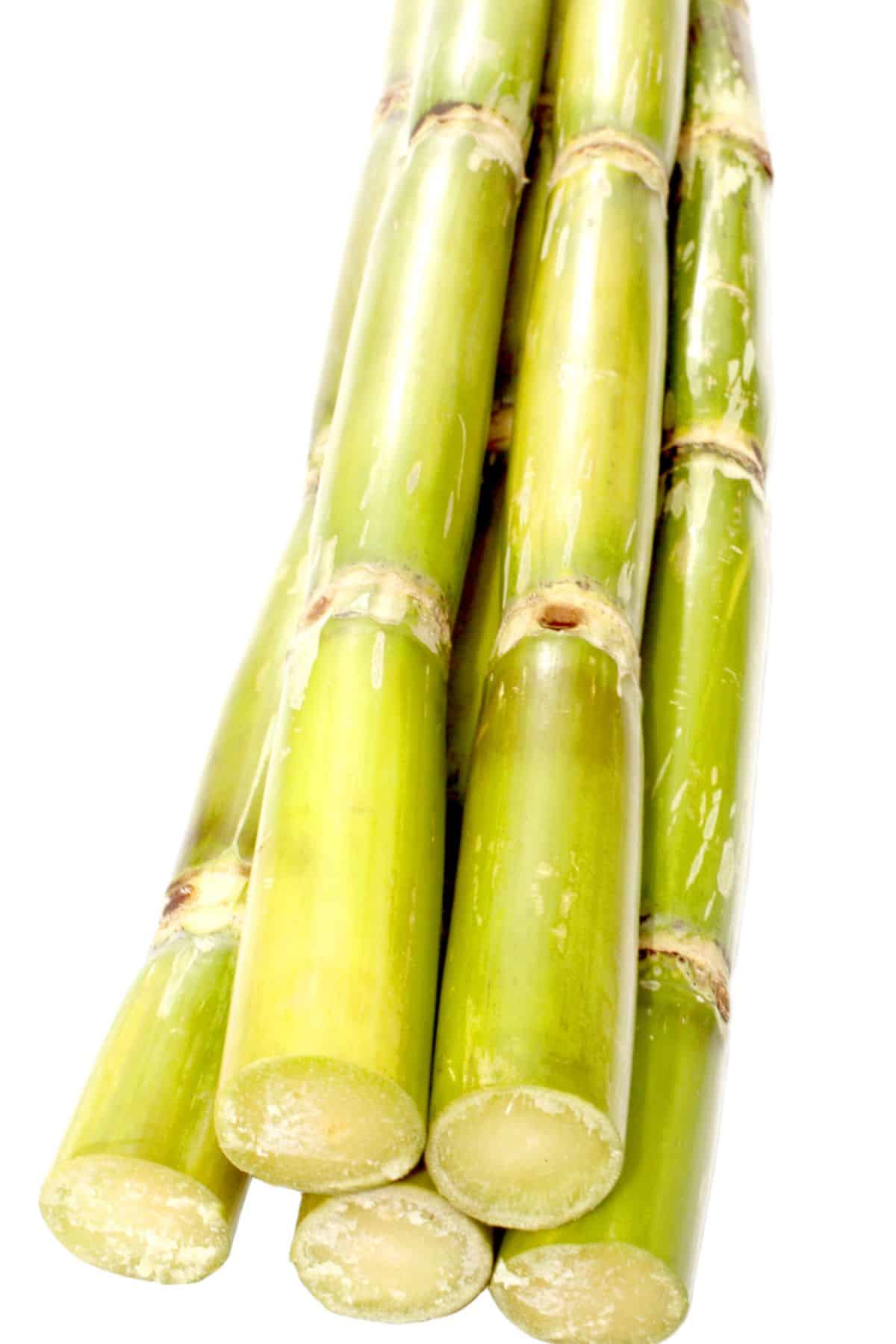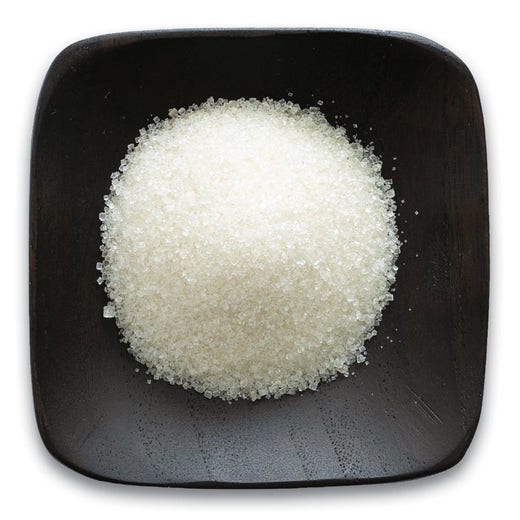Comprehending Cane Sugar Processing: A Comprehensive Overview of the Stages
Comprehending Cane Sugar Processing: A Comprehensive Overview of the Stages
Blog Article
Exploring the Comprehensive Tips Associated With Walking Cane Sugar Handling From Gathering to Improvement
The process of walking stick sugar production includes a series of intricate actions, beginning with the mindful harvesting of sugarcane and finishing in the refinement phases that make sure the last product meets market criteria. Each phase, from the removal of juice to the filtration and crystallization processes, plays a crucial role in figuring out the high quality and character of the sugar. Comprehending these stages not only highlights the complexity of sugar manufacturing yet also elevates critical concerns concerning effectiveness, sustainability, and innovation in the market. What effects do these factors have for future methods?
Harvesting Sugarcane
Harvesting sugarcane is a critical action in the walking stick sugar handling chain, as it directly influences the high quality and return of the final item. Appropriate timing and methods are vital throughout this phase to make certain optimum sugar material and minimize losses. Normally, sugarcane is collected when it gets to maturity, typically 12 to 18 months after planting, defined by a high sucrose concentration.

Post-harvest, the sugarcane must be processed promptly to avoid sucrose degradation. Ideally, harvested walking cane needs to be moved to refining centers within 1 day to preserve sugar high quality. Consequently, reliable logistical planning is crucial to keep the stability of the harvested crop throughout the supply chain.
Extraction Process

The smashed walking stick goes through a collection of pushing operations to optimize juice healing. Commonly, hot water is splashed onto the smashed cane, producing a countercurrent flow that assists liquify the sugar while also aiding in the removal process. The juice collected from this operation has not only sugar but likewise numerous natural compounds and impurities.

To boost removal performance, some facilities might use diffusion methods, where the sugarcane is taken in warm water, allowing the soluble sugars to diffuse into the liquid. The resulting juice, rich in sucrose, is then guided to succeeding handling phases, laying the foundation for filtration and refinement. The removal procedure is hence pivotal in establishing the quality and return of the last sugar product.
Purification Methods
The filtration methods used in cane sugar processing are vital for transforming the raw juice into a top notch sugar item. These approaches primarily aim to remove pollutants, such as dirt, plant materials, and not natural substances, which can negatively impact the final product's taste and shade.
Among one of the most common filtration methods is information. This procedure involves adding lime and warm to the raw juice, which promotes the coagulation of contaminations. The resulting precipitate is after that eliminated via sedimentation or filtering, generating a clearer juice. Additionally, the usage of phosphoric acid can boost the explanation process by additional binding contaminations.
An additional significant technique is carbonatation, where carbon dioxide is introduced to the clarified juice. This response creates calcium carbonate, which captures staying contaminations and promotes their removal.
Furthermore, triggered carbon therapy might be used to adsorb any type of staying colorants and natural impurities, making sure an extra refined item. The mix of these approaches successfully prepares the sugar juice for subsequent actions in the refining procedure, establishing the phase for the manufacturing of high-grade walking stick sugar.
Condensation Methods
After the purification stage, the following essential action in walking stick sugar handling involves formation techniques, which play an essential duty in transforming the clarified juice into strong sugar. This procedure normally utilizes two main methods: spontaneous condensation and controlled crystallization.
In spontaneous formation, supersaturated sugar services are permitted to cool down naturally, helpful site bring about the development of sugar crystals with time. This approach is easier yet may cause unequal crystal dimensions and lower pureness levels. On the other hand, regulated crystallization is an extra exact method where temperature level, seeding, and concentration agents are meticulously managed. This approach allows for the consistent development of sugar crystals and higher purity.
During formation, the made clear juice is concentrated through dissipation, raising its sugar web content till it gets to supersaturation. When this factor is accomplished, either method can facilitate the formation process. Cane Sugar Processing. The resultant sugar crystals are then divided from the continuing to be syrup with centrifugation
Ultimately, the choice of crystallization method impacts the top quality, size, and pureness of the last sugar item, making this action vital in the overall walking stick sugar handling treatment.
Refinement and Product Packaging
How can the purity and top quality of walking cane sugar be even more enhanced after crystallization? The improvement procedure plays a crucial duty in achieving high-grade walking cane sugar.
Next, the sugar is subjected to a procedure called centrifugation, where it is spun Home Page at high rates to divide the detoxified sugar crystals from the remaining liquid. After centrifugation, the sugar is commonly additional refined with a method called carbonization or phosphatation, which utilizes turned on carbon or phosphoric acid to remove color and off-flavors.
Once improved, the sugar is dried out to accomplish the preferred wetness material, making certain that it stays secure during storage space and transport. The final step involves product packaging the refined sugar in moisture-proof and closed containers to preserve its high quality and protect against contamination. Cane Sugar Processing. Correct packaging not just prolongs service life however likewise assists in very easy handling and circulation, guaranteeing that customers receive sugar that fulfills the greatest requirements of pureness and top quality
Conclusion
The comprehensive steps associated with walking cane sugar processing, from the meticulous harvesting of sugarcane to the elaborate refinement and product packaging stages, underscore the importance of each stage in making certain high-quality sugar production. Optimal harvesting techniques, effective extraction approaches, and extensive purification procedures collectively add to the end product's pureness and stability. The formation and subsequent product packaging techniques further enhance the honesty and life span of the Read More Here sugar, highlighting the intricacy and precision integral in this necessary farming industry.
The process of walking cane sugar manufacturing incorporates a series of detailed actions, beginning with the cautious harvesting of sugarcane and finishing in the refinement phases that make certain the last product meets sector standards. Ideally, gathered walking cane ought to be transferred to processing facilities within 24 hours to maintain sugar quality.In spontaneous crystallization, supersaturated sugar solutions are permitted to cool normally, leading to the development of sugar crystals over time - Cane Sugar Processing. The improvement procedure plays an essential role in accomplishing premium walking stick sugar.The detailed actions included in walking stick sugar processing, from the thorough harvesting of sugarcane to the complex improvement and packaging stages, highlight the significance of each phase in making certain top notch sugar production
Report this page